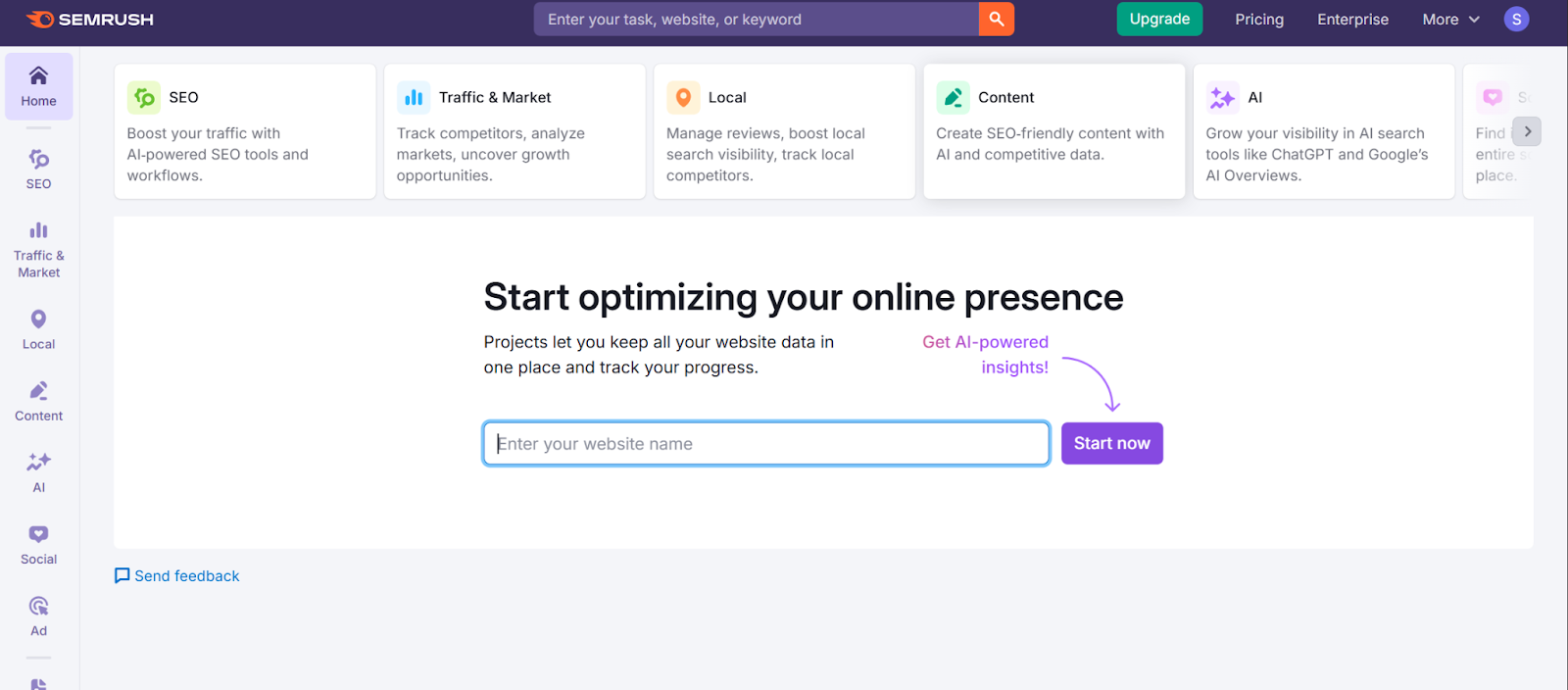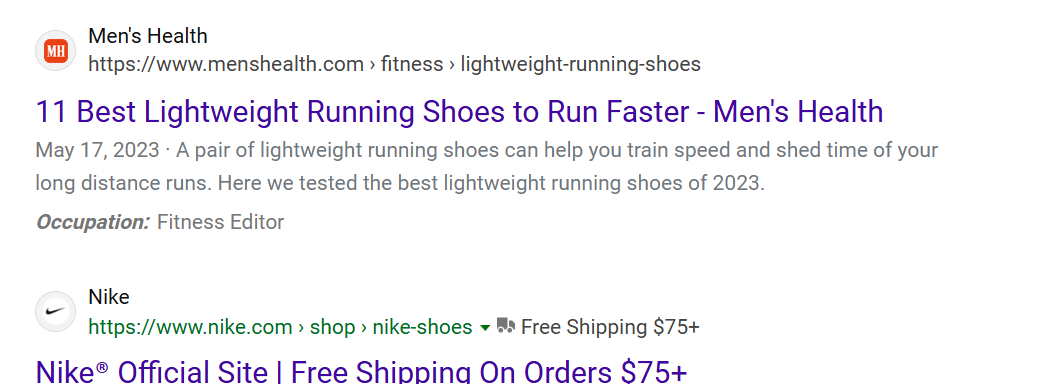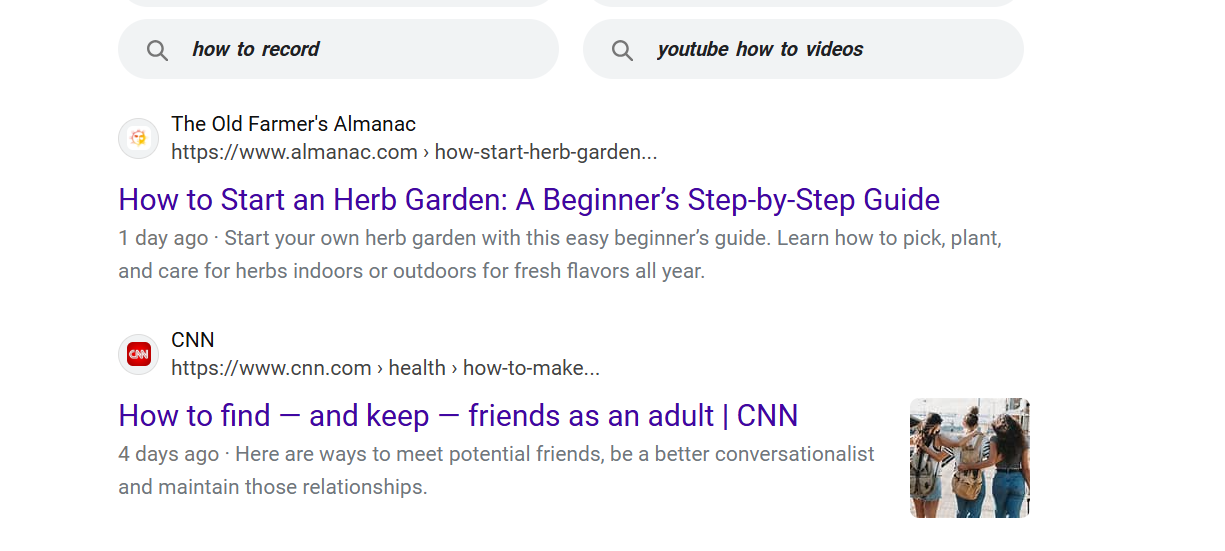
The Ultimate Guide to Ecommerce SEO in 2025
Getting more visitors to your online store without spending big on ads? That’s where ecommerce SEO steps in. Ecommerce SEO, or search engine optimization, is about making your online store more visible on Google and other search engines—so customers find you naturally.
In this guide, we’ll break down the essential strategies for ranking your ecommerce site and boosting traffic organically in 2025.
What Is Ecommerce SEO?
Ecommerce SEO is the practice of optimizing your online store so it appears in top search engine results when people look for products you sell. It involves improving your site’s content, structure, speed, product descriptions, and more—so search engines and shoppers both love it.

Why Does Ecommerce SEO Matter?
- More visibility: Appear in front of high-intent shoppers
- Cost-effective: Organic traffic costs nothing per click
- Higher trust: Top organic results often carry more credibility than ads
According to Backlinko, only 0.63% of people click on results on page two of Google. That’s why ranking on page one is critical.

7 Essential Steps to Build an Ecommerce SEO Strategy
1. Ecommerce Keyword Research
Start by identifying keywords your customers use to search. Combine both informational (e.g., “how to choose running shoes”) and commercial keywords (e.g., “buy trail running shoes”).
Use:
- Google autocomplete
- SEO tools like Ahrefs or Google Keyword Planner
- Competitor research to find keyword gaps
Target long-tail keywords—they’re more specific, less competitive, and often show higher buying intent.

2. On-Page SEO for Product & Collection Pages
Optimize your highest-impact pages:
- Include target keywords in title tags, meta descriptions, and headers
- Write original, in-depth product descriptions (avoid copy-paste)
- Add descriptive alt text for images
- Link to related products or guides
A product titled “Men’s Lightweight Running Shoes” with feature-rich descriptions performs better both in search rankings and conversions.

3. Site Architecture for Better UX and SEO
Your site structure should:
- Keep products just a few clicks from the homepage
- Link key collections in the main navigation
- Organize every product under a clear parent category
Use breadcrumbs to improve navigation for both users and search engines. A clear structure enhances user experience and helps Google understand your store’s layout.

Source: 42works.net
4. Technical SEO
Technical SEO ensures your site loads fast, is mobile-friendly, and easy to crawl.
Best practices include:
- Submitting a sitemap to Google Search Console
- Using canonical tags to prevent duplicate content
- Improving site speed and compressing images
- Optimizing for mobile usability
SEO tools like Avada SEO and SEOAnt can help you monitor and resolve technical issues.

5. Google Merchant Center Product Feeds
Ensure your products are discoverable through Google Shopping by:
- Verifying your website in Google Merchant Center
- Submitting accurate product data (titles, prices, availability)
- Fixing disapprovals or errors quickly
A well-maintained product feed increases your visibility and brings in ready-to-buy customers.
6. Publish Informational Content
Supplement your ecommerce site with helpful, relevant blog content.
Examples include:
- How-to guides
- Product comparison articles
- Customer FAQs
- Stories behind your brand or products
For example, a bedding brand might write, “How to Choose the Right Pillow for Your Sleep Style,” and link to relevant products within the post. This supports SEO and builds trust with potential customers.

7. Build Backlinks to Boost Authority
Google values backlinks as indicators of trust and authority. Earn them by:
- Writing guest posts for relevant websites
- Reaching out to journalists and bloggers through platforms like Help a B2B Writer
- Creating high-value, shareable content like infographics or research studies
Focus on getting backlinks from niche-relevant, high-authority domains to improve your SEO performance.
Best Ecommerce SEO Tools in 2025
- Ahrefs: Keyword research, competitor analysis, and backlink monitoring
- Google Analytics: Tracks traffic and ecommerce performance
- Google Search Console: Monitors indexing and search visibility
Final Thoughts
SEO for ecommerce is a long-term investment that delivers sustainable, cost-effective results. By implementing these core strategies—keyword targeting, technical improvements, content creation, and backlink building—you can increase your store’s visibility and drive more qualified traffic in 2025.
Stay consistent, track your progress, and continue refining your approach as search trends evolve.

